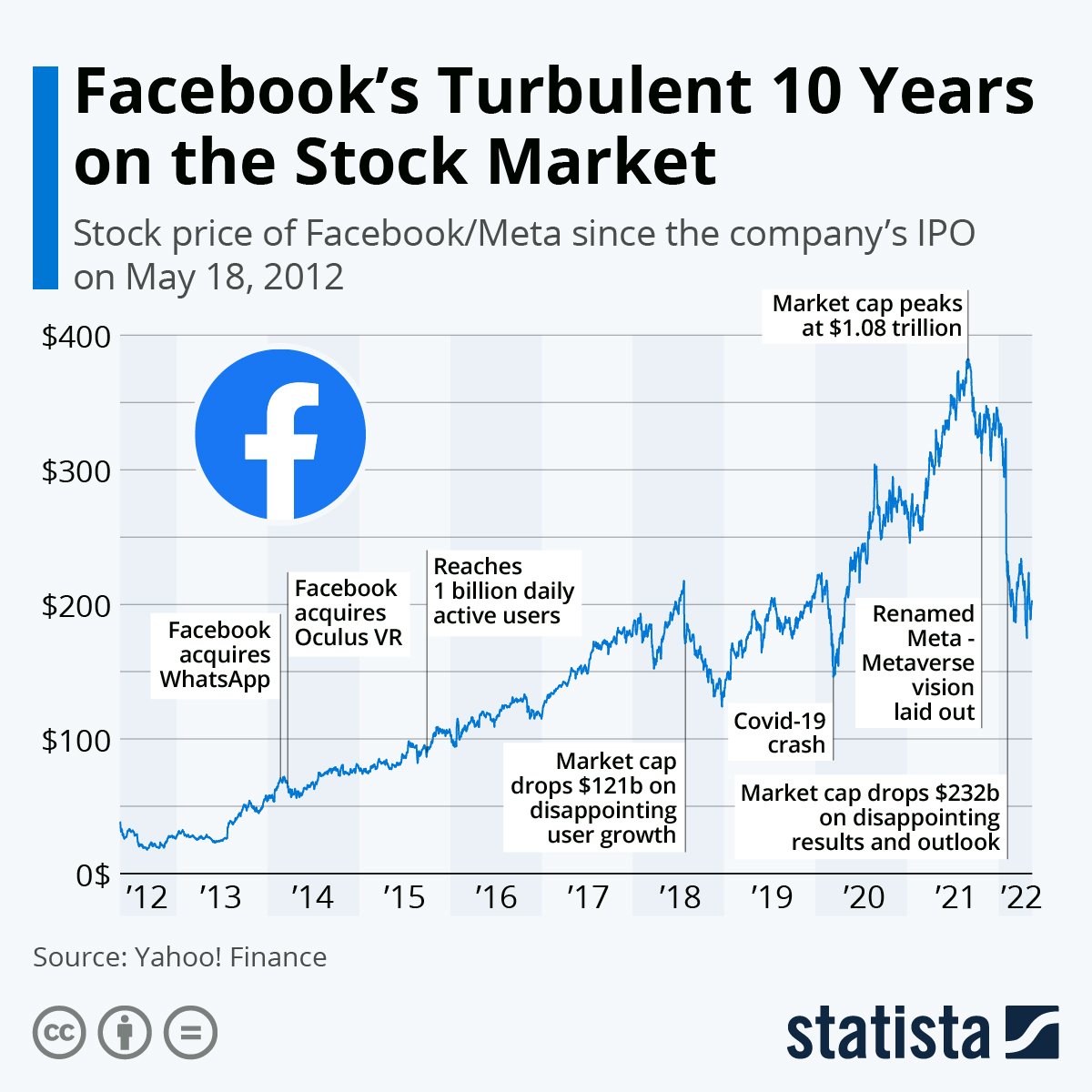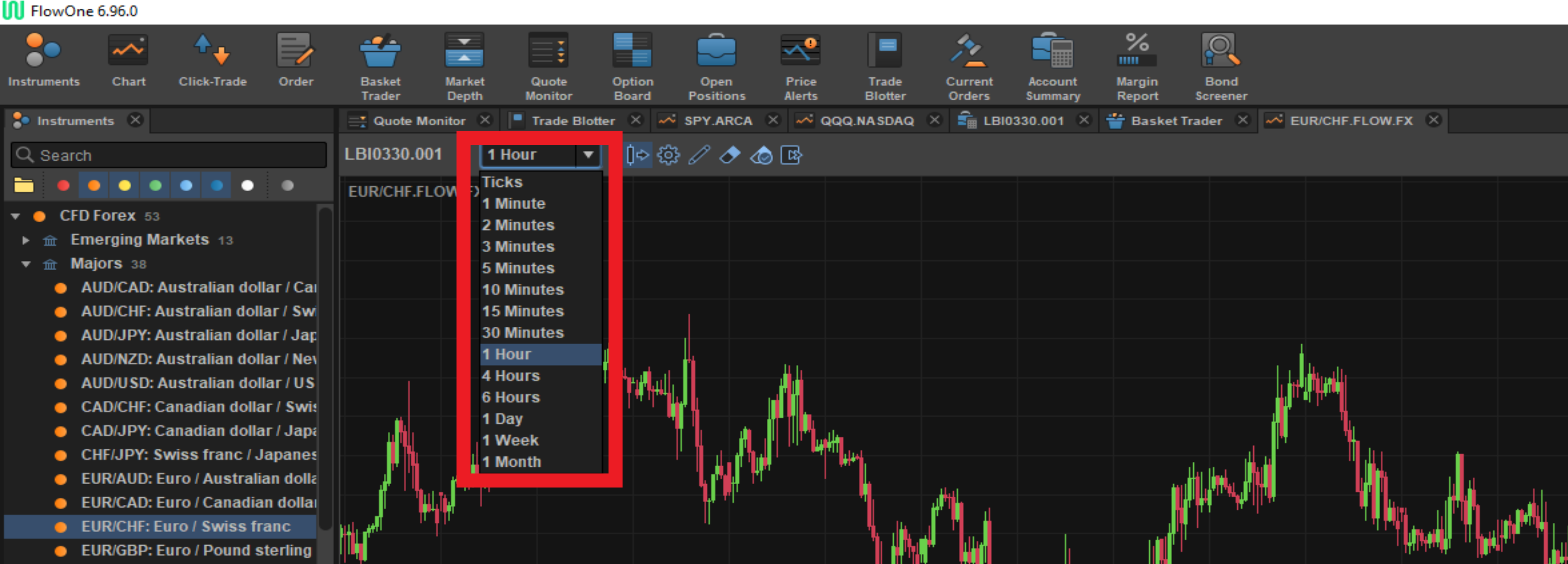
Forex leverage and margin details are essential if you plan to trade. Forex traders can leverage up to 100:1. For example, you can use a $100 margin deposit to trade in $10,000. You will have $2,000 control over a currency pair if you take a $20 position with 100:1 leverage. This scenario allows the broker to lock the position for you and gives you $2,000 in free margin. This margin will decrease if the market is against you.
Leverage
Leverage in Forex trading allows traders to increase their exposure in the market. A trader can open a $10,000 position with forex leverage of 200 to 1. For instance, a $50 deposit is all that is required. This allows traders to maximize profits. Leverage has the drawback of allowing one to lose all of their capital. Before using it, traders should understand how it works. Let's take a look at the basics of this type trade and explain what it all means.

Margin
Forex margin is a portion of your account that is kept aside to ensure you don't lose more than what you have invested. To illustrate, if you decide to invest $100 000 in the USD/JPY currency exchange pair, you don't necessarily need to invest that much. Instead, you only need to invest a portion of your margin, which varies according to the forex broker and leverage you use. The level of your margin will determine how much you can trade with.
Margin trading
For large foreign exchange investments, margin trading forex is a common method of making large financial transactions. Traders deposit money into their account in order to open a position, known as the initial margin. They may have to add additional funds if the trade does not go their way. These amounts are known as margin calls, and require the trader to add extra money into his account to maintain his position.
Calculating margin
Forex margin calculators are a great tool for determining how much margin is required to open a trade. Margin calls can occur if your account has too much margin. On the other hand, a large margin account could make it profitable. The amount of leverage and risk you take will impact the margin required to open a trade. Your total trading margin would amount to $10,000 if you used a leverage ratio of 1:100. This would enable you to open many trades using smaller amounts, like five hundred dollars per trade. You cannot trade with more than $10,000 in total margin. This means you need to be cautious and adhere to all rules and regulations.
Signs of a margin call
A forex margin call can often be interpreted as the same signs as a cash out. A margin call simply means that the broker is asking you to replenish your margin deposit. The call happens when your account balance is lower than the required amount of margin to keep your position open. This occurs most often when you are trying close a leveraged trade. In these cases, you will receive a notification that you need to replenish your account balance in order to avoid losing your entire investment.

Monitoring Margin
In the foreign exchange market, monitoring your forex margin level is vital for investors. This is because it shows the amount of money you have available to open new positions. Margin calls are dangerous when the level falls below a certain threshold. This is known as a "margin call". Most forex brokers have margin call thresholds of 100%. Before you open a forex live account, it is important that you know how to monitor the forex margin level. Refer to the margin agreement for further information.
FAQ
What is security in the stock exchange?
Security is an asset which generates income for its owners. Most security comes in the form of shares in companies.
A company may issue different types of securities such as bonds, preferred stocks, and common stocks.
The earnings per share (EPS), and the dividends paid by the company determine the value of a share.
If you purchase shares, you become a shareholder in the business. You also have a right to future profits. If the company pays you a dividend, it will pay you money.
You can always sell your shares.
Can you trade on the stock-market?
Everyone. Not all people are created equal. Some people have better skills or knowledge than others. They should be rewarded.
However, there are other factors that can determine whether or not a person succeeds in trading stocks. For example, if you don't know how to read financial reports, you won't be able to make any decisions based on them.
These reports are not for you unless you know how to interpret them. You must understand what each number represents. It is important to be able correctly interpret numbers.
This will allow you to identify trends and patterns in data. This will enable you to make informed decisions about when to purchase and sell shares.
If you're lucky enough you might be able make a living doing this.
How does the stock exchange work?
By buying shares of stock, you're purchasing ownership rights in a part of the company. Shareholders have certain rights in the company. A shareholder can vote on major decisions and policies. He/she can seek compensation for the damages caused by company. He/she also has the right to sue the company for breaching a contract.
A company cannot issue shares that are greater than its total assets minus its liabilities. It's called 'capital adequacy.'
A company with a high ratio of capital adequacy is considered safe. Companies with low ratios of capital adequacy are more risky.
What is a REIT?
An REIT (real estate investment trust) is an entity that has income-producing properties, such as apartments, shopping centers, office building, hotels, and industrial parks. These are publicly traded companies that pay dividends instead of corporate taxes to shareholders.
They are similar in nature to corporations except that they do not own any goods but property.
Why are marketable Securities Important?
An investment company's main goal is to generate income through investments. It does this through investing its assets in various financial instruments such bonds, stocks, and other securities. These securities are attractive to investors because of their unique characteristics. They are considered safe because they are backed 100% by the issuer's faith and credit, they pay dividends or interest, offer growth potential, or they have tax advantages.
The most important characteristic of any security is whether it is considered to be "marketable." This refers primarily to whether the security can be traded on a stock exchange. Securities that are not marketable cannot be bought and sold freely but must be acquired through a broker who charges a commission for doing so.
Marketable securities include common stocks, preferred stocks, common stock, convertible debentures and unit trusts.
Investment companies invest in these securities because they believe they will generate higher profits than if they invested in more risky securities like equities (shares).
Statistics
- The S&P 500 has grown about 10.5% per year since its establishment in the 1920s. (investopedia.com)
- Individuals with very limited financial experience are either terrified by horror stories of average investors losing 50% of their portfolio value or are beguiled by "hot tips" that bear the promise of huge rewards but seldom pay off. (investopedia.com)
- For instance, an individual or entity that owns 100,000 shares of a company with one million outstanding shares would have a 10% ownership stake. (investopedia.com)
- Ratchet down that 10% if you don't yet have a healthy emergency fund and 10% to 15% of your income funneled into a retirement savings account. (nerdwallet.com)
External Links
How To
How to Open a Trading Account
To open a brokerage bank account, the first step is to register. There are many brokers out there, and they all offer different services. Some charge fees while others do not. Etrade, TD Ameritrade and Schwab are the most popular brokerages. Scottrade, Interactive Brokers, and Fidelity are also very popular.
Once your account has been opened, you will need to choose which type of account to open. Choose one of the following options:
-
Individual Retirement Accounts (IRAs).
-
Roth Individual Retirement Accounts (RIRAs)
-
401(k)s
-
403(b)s
-
SIMPLE IRAs
-
SEP IRAs
-
SIMPLE 401(k).
Each option offers different benefits. IRA accounts have tax advantages but require more paperwork than other options. Roth IRAs give investors the ability to deduct contributions from taxable income, but they cannot be used for withdrawals. SIMPLE IRAs have SEP IRAs. However, they can also be funded by employer matching dollars. SIMPLE IRAs are very simple and easy to set up. These IRAs allow employees to make pre-tax contributions and employers can match them.
Next, decide how much money to invest. This is called your initial deposit. You will be offered a range of deposits, depending on how much you are willing to earn. You might receive $5,000-$10,000 depending upon your return rate. The conservative end of the range is more risky, while the riskier end is more prudent.
After choosing the type of account that you would like, decide how much money. There are minimum investment amounts for each broker. These minimum amounts vary from broker-to-broker, so be sure to verify with each broker.
You must decide what type of account you want and how much you want to invest. Next, you need to select a broker. Before selecting a broker to represent you, it is important that you consider the following factors:
-
Fees – Make sure the fee structure is clear and affordable. Brokers often try to conceal fees by offering rebates and free trades. However, many brokers increase their fees after your first trade. Avoid any broker that tries to get you to pay extra fees.
-
Customer service: Look out for customer service representatives with knowledge about the product and who can answer questions quickly.
-
Security - Select a broker with multi-signature technology for two-factor authentication.
-
Mobile apps: Check to see whether the broker offers mobile applications that allow you access your portfolio via your smartphone.
-
Social media presence. Find out whether the broker has a strong social media presence. If they don't, then it might be time to move on.
-
Technology - Does the broker utilize cutting-edge technology Is the trading platform simple to use? Are there any issues when using the platform?
After you have chosen a broker, sign up for an account. While some brokers offer free trial, others will charge a small fee. After signing up, you will need to confirm email address, phone number and password. Next, you'll have to give personal information such your name, date and social security numbers. The last step is to provide proof of identification in order to confirm your identity.
After your verification, you will receive emails from the new brokerage firm. These emails will contain important information about the account. It is crucial that you read them carefully. The emails will tell you which assets you are allowed to buy or sell, the types and associated fees. Be sure to keep track any special promotions that your broker sends. These could include referral bonuses, contests, or even free trades!
Next, you will need to open an account online. An online account can usually be opened through a third party website such as TradeStation, Interactive Brokers, or any other similar site. These websites can be a great resource for beginners. To open an account, you will typically need to give your full name and address. You may also need to include your phone number, email address, and telephone number. Once this information is submitted, you'll receive an activation code. Use this code to log onto your account and complete the process.
You can now start investing once you have opened an account!